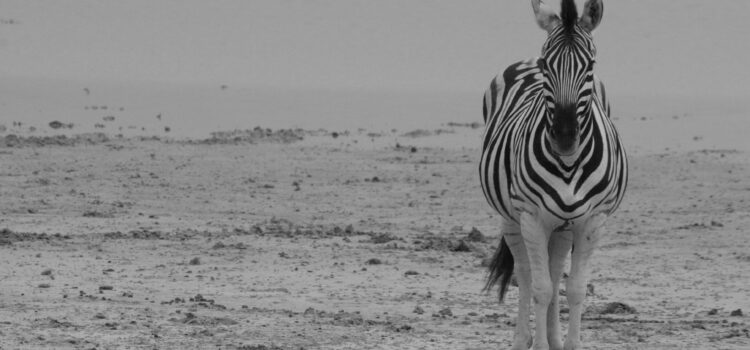
Kaokoland region of Namibia covers the far north-west and is one of the last great wilderness areas of Southern Africa. From the Hoanib River in the south to the Kunene River in the north intrepid visitors can explore the Marienfluss, Hartmann’s Valley, Epupa Falls, Ruacana Falls or the testing Van Zyl’s Pass. This area is also home to the nomadic Himba people who follow a very traditional lifestyle developed over many centuries. Take a self-drive trip in convoy with another vehicle, a specialised fly-in safari or privately guided tour to explore this area in full!
Kaokoland (also known as Kaokoveld) is Southern Africa’s last great wilderness. It’s the explorer’s dream and the unprepared traveller’s nightmare. Taking up the north-western part of Namibia, it covers more than 70,000sq km’s. Refuge for the rare desert elephant, black rhino, giraffe and the home of the Himba people – Kaokoland attracts people from all walks of life.
Bordered in the South by the Hoanib River and the North by the Kunene River; this area is not easy accessed or easily forgotten. The rugged Baines mountains, the Epupa Falls in a very arid environment, the majestic Ruacana Falls when in flood and the very testing Van Zyl’s Pass, all makes for a ‘must see’ tour in Namibia.
Kaokoland is divided into two main regions namely the Marienfluss and the Hartmann’s Valley. Though on either sides of the Hartmannberge, the two valleys differ greatly in terms of the environment and the weather. While the Marienfluss is very scenic and relatively green, Hartmann’s valley is much more arid, even though it’s closer to the Atlantic Ocean. The mist from the ocean does add a touch of mystery to Hartmann’s when it covers the silent desert.
The Himba people are descendants of the early Herero’s who migrated to the area centuries ago. When pressure for pastures became too much, the group split. Thus you find the Himba in Kaokoland and the Herero further south. The Himba are famous for the red ochre and fat they rub into their bodies – a treatment that protects their skin against the harsh desert sun and insects. As the Himba is nomadic, their homes are a simple cone structure which they leave behind when they move to find greener pastures for their goats and cattle. There are a number of opportunities to visit the Himba people whilst travelling in the Kaokoland. Experienced local guides will accompany visitors to villages from where it is possible to learn something about this ancient culture in a sensitive way.
Kaokoland differs greatly from Damaraland. Damaraland is fairly accessible and has a better infrastructure when compared to Kaokoland. With only 16,000 inhabitants, you can understand why it is advisable to travel in more than one vehicle. When doing a self-drive trip through this desert-wonderland, it is advisable to have at least 2 4WD vehicles, all your supplies, a guide (or someone that knows the area), detailed maps, a satellite phone and good local advice on the routes.
Although this is a 4×4 paradise, Kaokoland has a very fragile ecosystem. Simply ignoring tracks and going “across country” is not wise. Vehicle tracks can remain for more than 40 years and crushes plants and lichens not visible from the car. Be responsible and treat this environment with care and respect.

